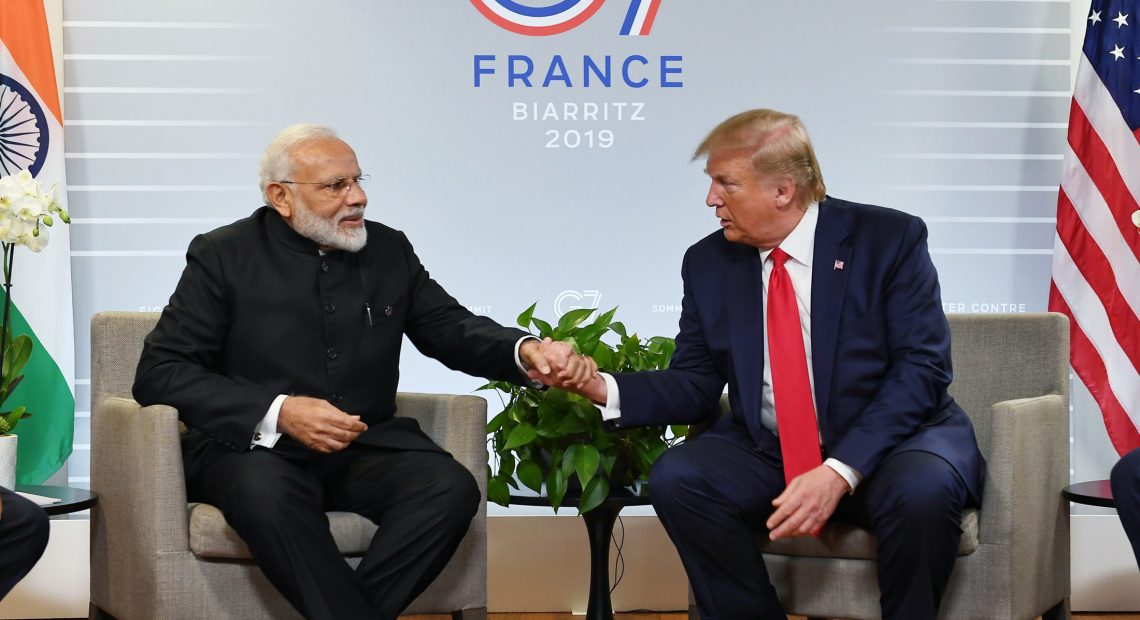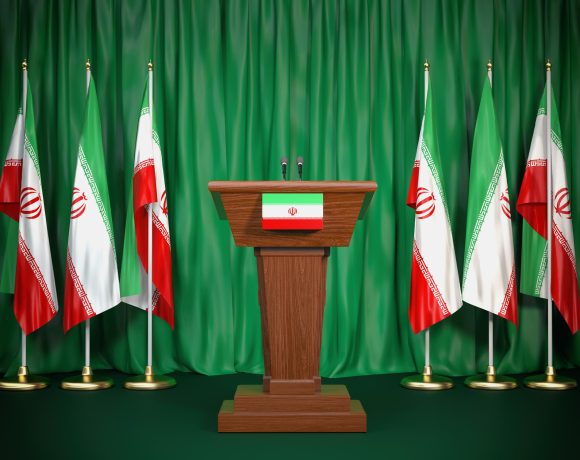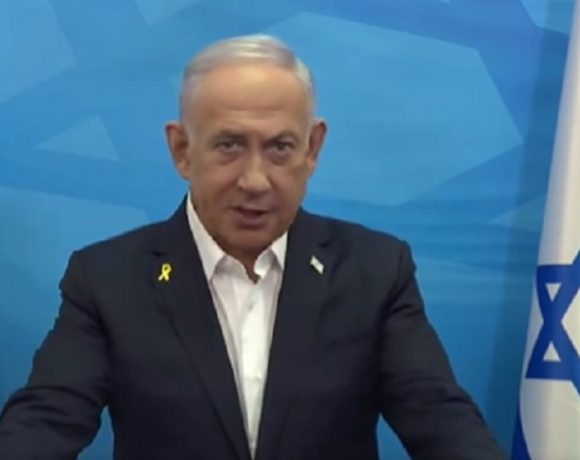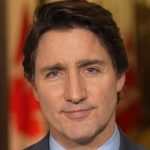
India Agrees to Reduce Tariffs Amid U.S. Pressure
India has agreed to significantly reduce its import tariffs on American goods, following repeated concerns raised by the U.S. administration regarding trade imbalances. U.S. President Donald Trump, who has long criticized India’s high tariff barriers, recently highlighted this development as a step toward fairer trade relations between the two nations.
U.S. Criticism of India’s Tariff Policies
The United States has consistently raised concerns over India’s elevated tariffs on various American products. President Trump has often pointed out that India imposes “massive tariffs” that limit the access of U.S. businesses to the Indian market. He remarked, “You can’t even sell anything in India… They have agreed, by the way; they want to cut their tariffs way down now because somebody is finally exposing them for what they have done.”
Reciprocal Tariffs and Negotiations
In response to what it perceives as unfair trade practices, the U.S. administration has introduced reciprocal tariffs targeting countries with high import duties on American goods, including India. These measures are slated to take effect from April 2. President Trump has justified this approach by asserting that the U.S. has been “ripped off by almost every country in the world” and emphasized the necessity of rectifying these trade imbalances.
At the same time, both nations are advancing discussions on a comprehensive Bilateral Trade Agreement (BTA). The primary objectives of this agreement include:
- Enhancing Two-Way Trade: Strengthening the exchange of goods and services between the U.S. and India.
- Increasing Market Access: Reducing barriers to ensure smoother entry for products into each other’s markets.
- Reducing Tariff and Non-Tariff Barriers: Addressing both direct tariffs and other obstacles that impede trade.
- Deepening Supply Chain Integration: Promoting closer collaboration in manufacturing and services to benefit both economies.
A spokesperson from India’s Ministry of External Affairs emphasized that the negotiations aim to create a mutually beneficial trade agreement that supports economic growth in both nations.
Impact on Specific Industries
One of the key sectors affected by India’s tariff policies is the automobile industry. The country currently imposes import duties on vehicles as high as 110%, among the highest globally. This has been a barrier for companies like Tesla, whose CEO, Elon Musk, has previously criticized these tariffs. A reduction in tariffs could pave the way for Tesla’s entry into the Indian market, supporting India’s growing electric vehicle sector.
Global Trade Dynamics
India’s decision to lower tariffs is set against the backdrop of rising global trade tensions. While several countries, including China, Canada, and Mexico, have retaliated against U.S. tariffs with countermeasures, India has opted for negotiations to address trade concerns. The ongoing BTA discussions reflect India’s strategy to manage trade disputes through dialogue and mutual concessions.
Future Prospects
The agreement to reduce tariffs marks a positive shift in U.S.-India trade relations. It opens avenues for increased American exports to India while offering Indian consumers a wider range of products. As both nations work toward finalizing the Bilateral Trade Agreement, there is optimism that these measures will lead to a more balanced and equitable trade partnership.
India’s commitment to lowering tariffs represents a significant move toward strengthening its economic ties with the United States. This step not only addresses longstanding trade grievances but also sets the stage for deeper collaboration, fostering growth and stability in bilateral relations.


















